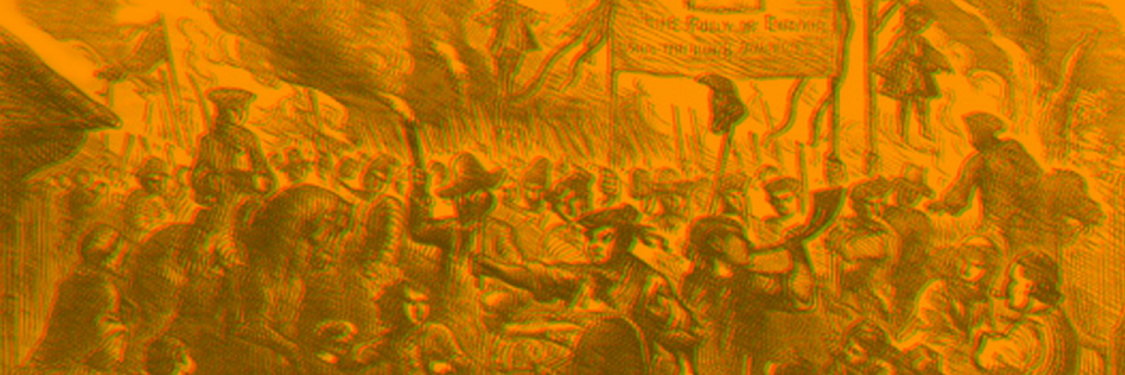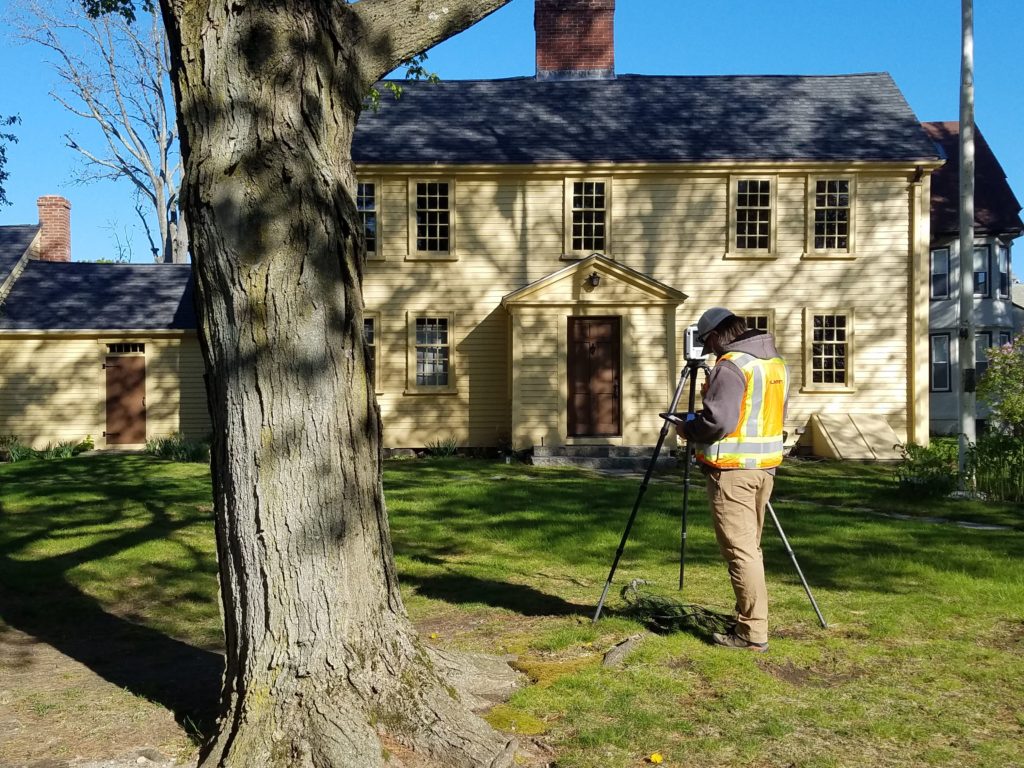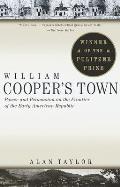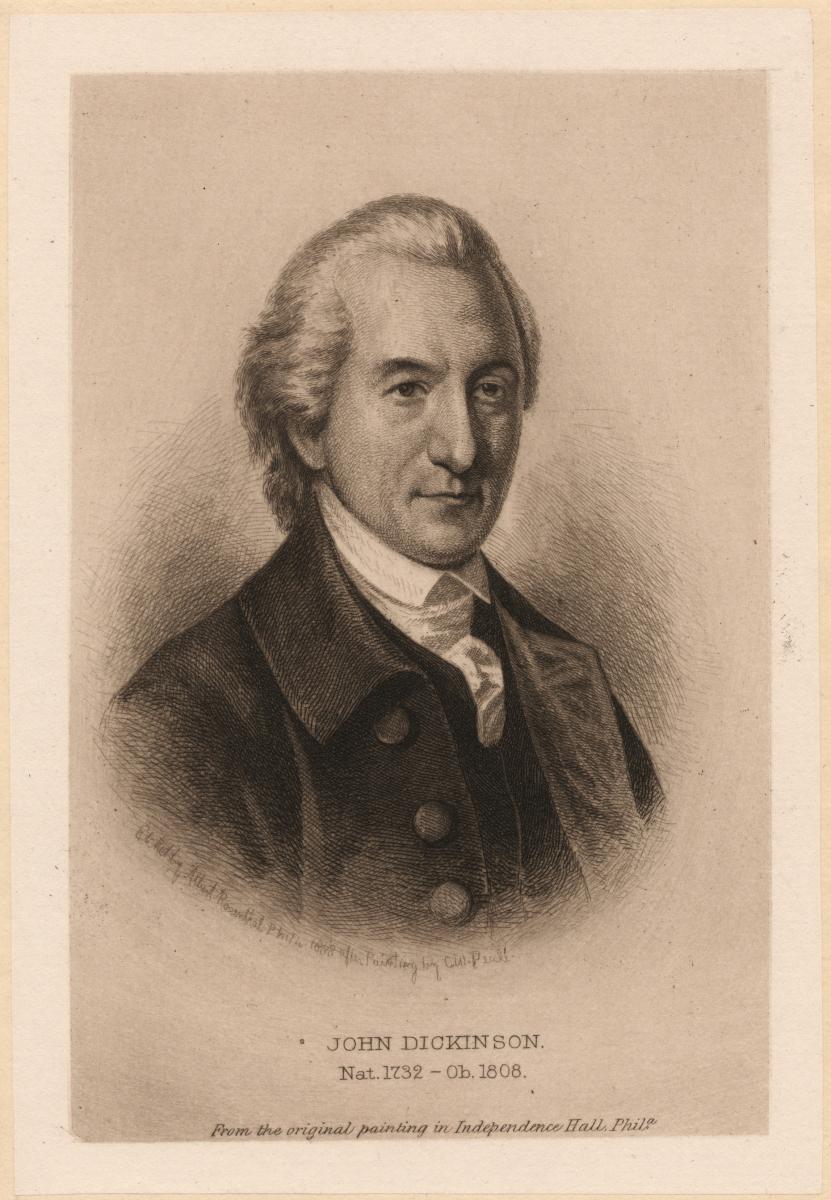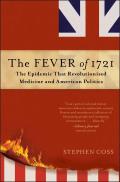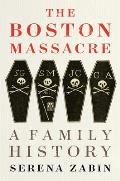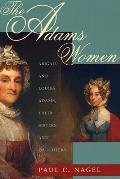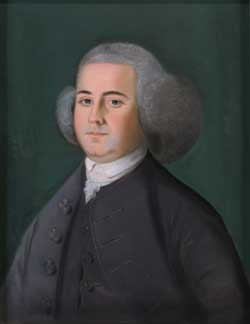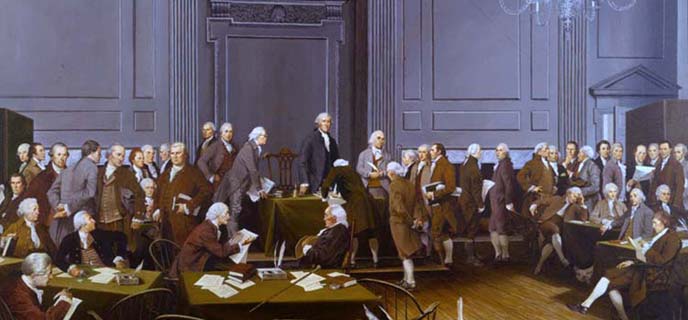In December 1774, a few months after
Hannah (Quincy) Lincoln’s husband
Bela died, a Boston merchant named Ebenezer Storer was also widowed.
Storer appears here in a pastel portrait rendered by
John Singleton Copley in the late 1760s,
now at the Metropolitan Museum of Art.
Ebenezer Storer was known for his piety, his meticulous attention to business, and his willingness to do committee work.
After earning degrees from
Harvard, he had joined his father’s firm and married Elizabeth Green in 1751. They had at least six
children between 1752 and 1764.
In business, Storer became his father’s partner in 1754 and inherited the firm five years later. Storer also followed his father as a deacon of the Brattle Street Meeting from 1759 to 1773, and people referred to him as “Deacon Storer” well after that.
For the town of Boston, Storer served at various times as a
warden, selectman, Overseer of the Poor, and member of many town committees. In 1770 he was in the
delegation that visited Capt.
Thomas Preston in jail and the group of merchants who tried to
cajole towns in Essex County back to
non-importation.
Other organizations Storer helped to run included the Hopkins Foundation, the Massachusetts Society for Propagation of Christian Knowledge, the New England Company, the Company for Promoting Good Order (Religious), and the Society for Encouraging Trade and Commerce.
A few months after Elizabeth Storer died, the war broke out and Boston was
besieged. Ebenezer found refuge in
Needham but in February 1776 went back into Boston under a flag of truce. People didn’t doubt his loyalty, though. The town made him a selectman and Overseer again for another year as it recovered.
Another institution that called on Storer’s talents at this time was Harvard College.
John Hancock had neglected his work as college treasurer under the heavy, and enticing, responsibilities of politics. Storer took over that job in July 1777 and stayed at it through the currency fluctuations of the 1780s and all the way to 1807.
Four months later, Storer married widow Hannah Lincoln at her father’s house in
Braintree. In the following years she gave birth to her only children—daughters Hannah (1779), Anna (1780), and Susan (1783).
The family settled into the Storer mansion on Sudbury Street in Boston. Ebenezer continued to keep the books for all sorts of enterprises, including the Second Massachusetts Regiment, the
American Academy of Arts and Sciences, and the Society for Propagating the Gospel in North America.
Meanwhile, the Storer business was failing. Ebenezer couldn’t keep up his usual trade with London. He invested in Continental bonds, then had to turn them over to creditors in the 1780s for a fraction of their value. The result,
he told President George Washington, was “almost a total loss of my property.” However, he kept his father’s big house and his social standing.
Eventually the
John Adams administration found Ebenezer Storer a job and steady income as a regional inspector in the U.S. excise office. After
Thomas Jefferson became President, he shifted over to be treasurer of the town of Boston.
The Storers hosted many gatherings of relatives and friends. Future mayor
Josiah Quincy described his aunt and uncle as “a hospitable, pleasant family, entertaining their friends most agreeably,” with regular parties on Sunday nights. (He met his wife at one of those events.)
Ebenezer and Hannah Storer were known as a generous, genteel, and happy couple until he died in his sleep in January 1807.
TOMORROW:
A widow once more.





